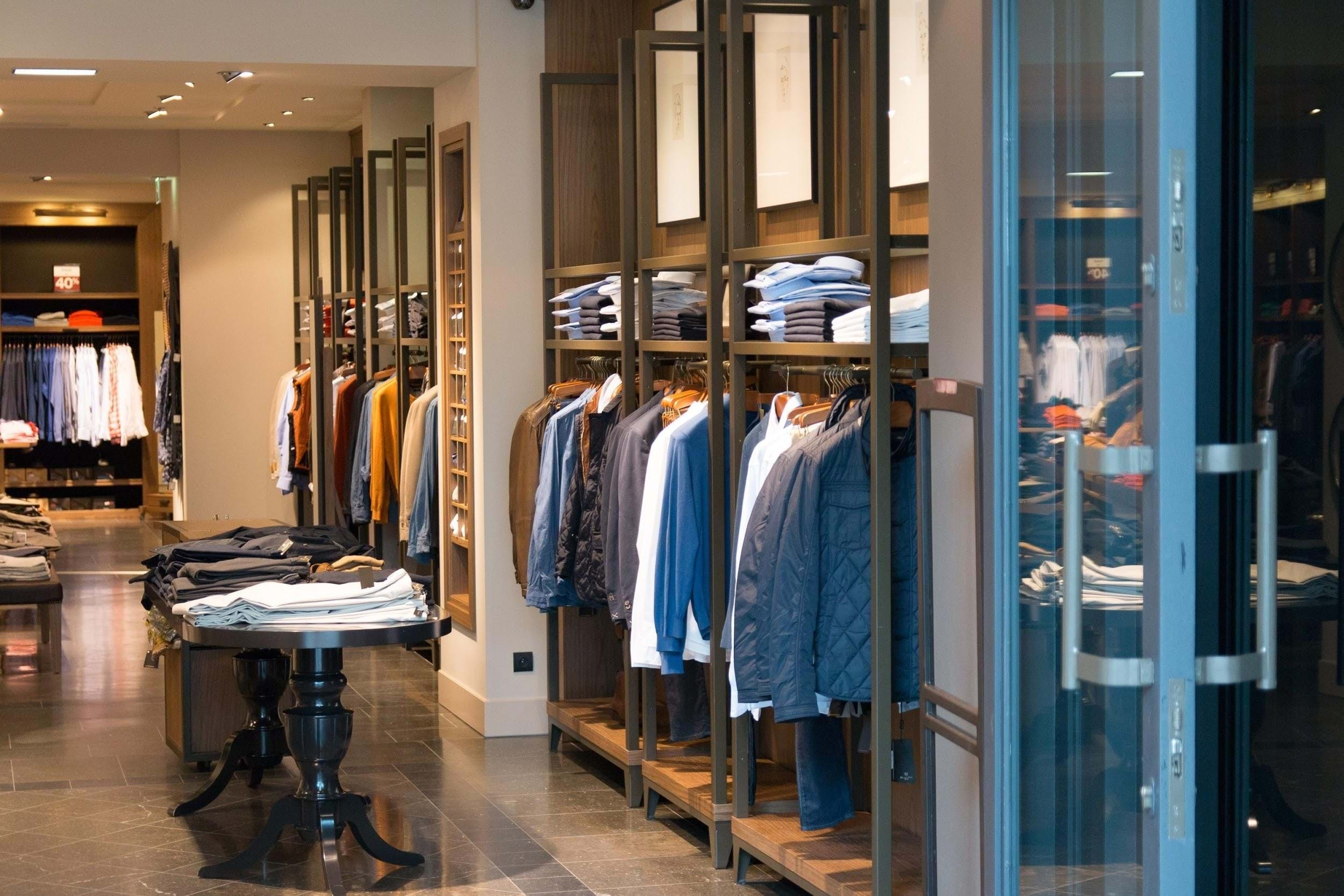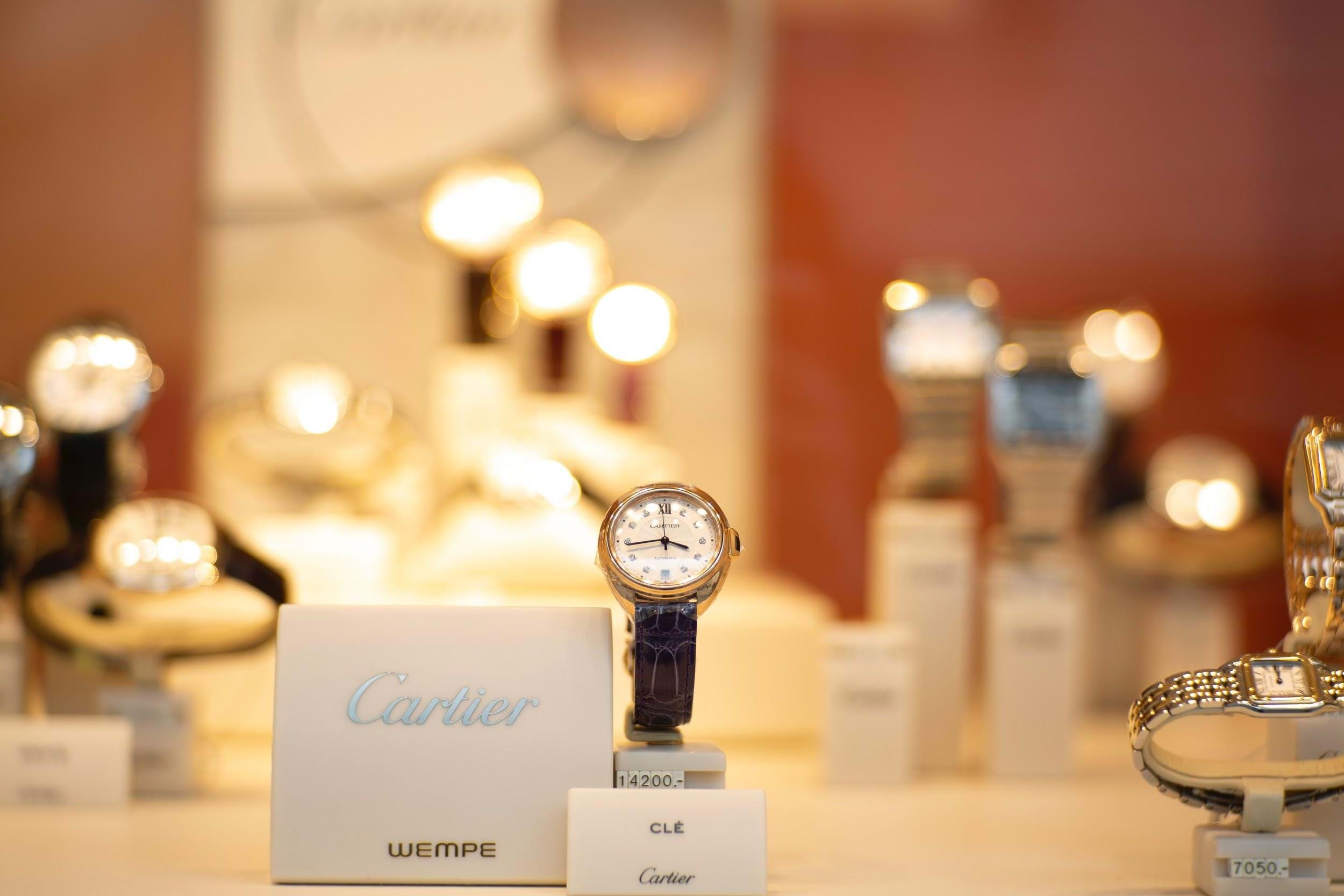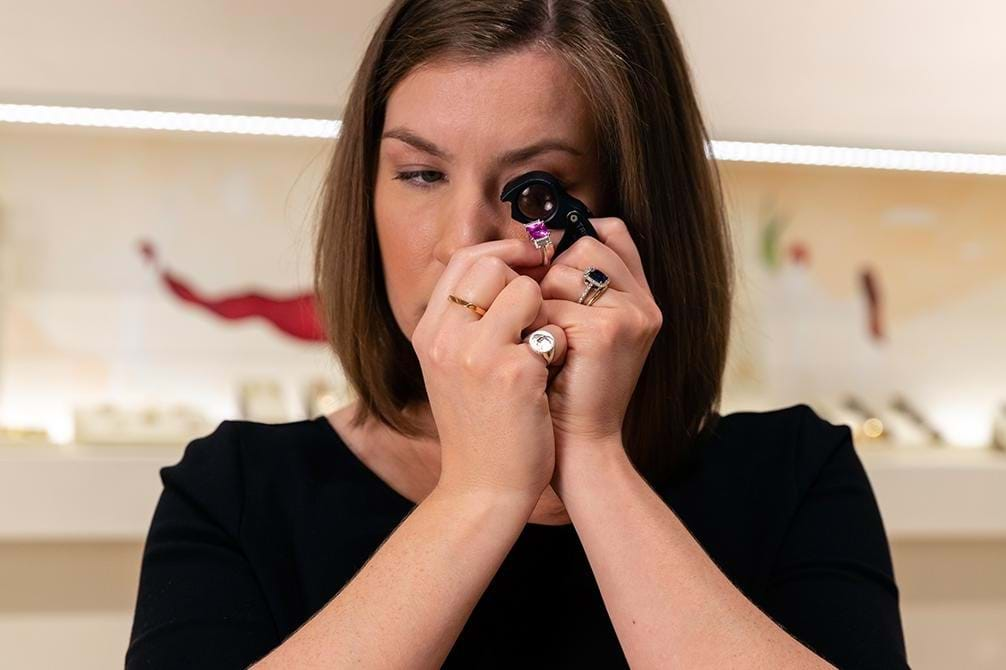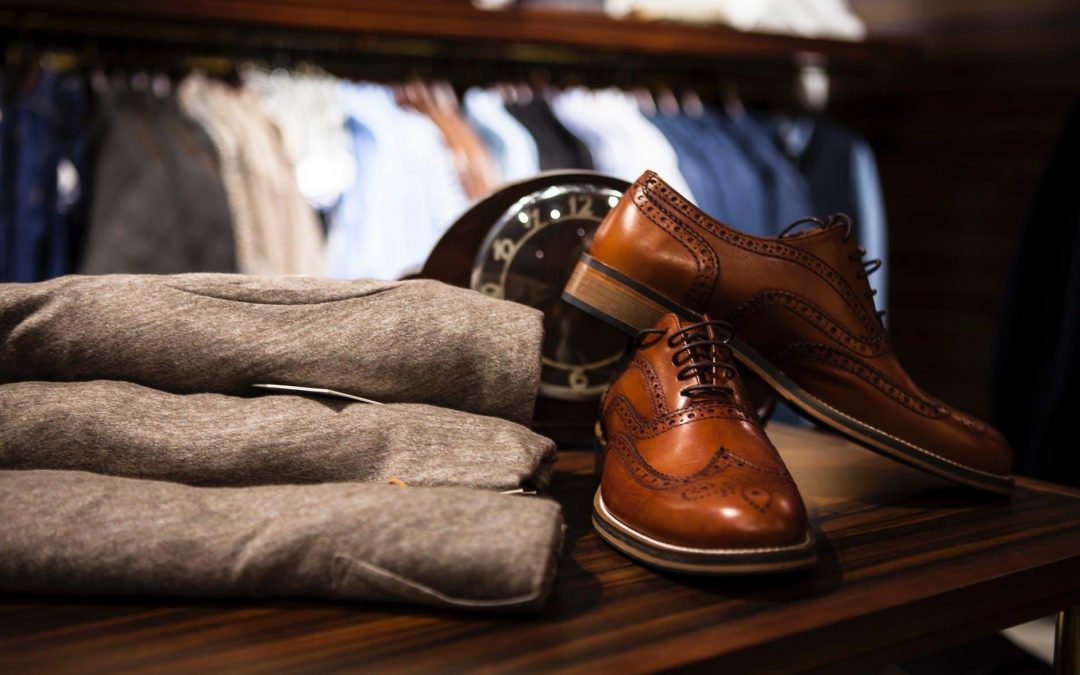The Market for second-hand luxury is going mainstream. Across the world, a second hand luxury piece was earlier frowned upon, however, not so much anymore. While in the US, the pre-owned luxury is already a large market, across the globe the preowned market is getting stronger. In Hong Kong, traditionally superstitions that owning preowned goods brought bad luck, but not anymore. With a steadily growing market each year, even the world’s biggest luxury market after the US is now vying for a slice of the pie in the pre-owned luxury segment. In the US, Neiman Marcus Group is the latest entrant into the pre-owned luxury segment. The brand has recently acquired a minority stake in Fashionphille LLC, an online seller of pre-owned luxury designer bags and accessories. Fashionphille’s biggest competitor is The RealReal Inc. which is already preparing to take the company public with an IPO and could reach a valuation of $1 billion becoming a unicorn in the pre-owned luxury space.
Secondary Market Accommodates Buying Power, Supports Strong Demand For Luxury Goods

In stark contrast to popular belief that Millennials don’t love luxury, the success of such pre-owned luxury businesses proves that millennials do want luxury goods, just that most truly can’t afford them. Pre-owned Luxury businesses offer a solution. With added quality measures of intense verification, quality storage, luxury fashion goods at such businesses can be had at a fraction of the original cost. Although Luxury brands such as Giorgio Armani and Louis Vuitton may not welcome this news, however, as per a report by KDMarketinsights, the pre-owned luxury market is only growing year on year at a steady CAGR of 10.8% and is touted to be worth $45 billion by 2023.
After the US and Europe, China and India are considered to be the two large markets for global luxury brands. While China already has a thriving luxury and pre-owned luxury market, India is still considered to be in its nascent stage. Traditionally, India has always been a very price sensitive market. As such the advent of the pre-owned luxury market in India will help boost the brands’ position further. Global startups such as Confidential Couture and Farfetch are helping luxury fashion become more accessible to a larger demographic. Tourneau, Watchfinder, and Chronoexpert allow luxury watch fans to purchase authentic and verified second-hand Rolexes, Omegas and Cartiers at a fraction of the original price.

As per a Mckinsey report published in Nov 2018, it sees the end of ownership in fashion as pre-owned, refurbished, rental and repair models evolve. And it makes sense. Pre-owned luxury market offers original goods that are more affordable and accessible for a larger demographic. In the automobile industry, Audi, and BMW already offer pre-owned luxury cars to consumers globally which have helped them increase sales and grow their businesses. While 2018 may not have been a great year for luxury car sales globally, pre-owned luxury car segment has done considerably better.
Millennials will soon represent more than 40 percent of the global personal luxury goods market, and Chinese and Indian millennials, in particular, are a promising demographic for the luxury industry in the future. Digitally savvy with higher disposable incomes, the demographic is known to be an informed customer base that understands the value that a luxury good offers. So, with the continued prosperity of the younger generations, online sales, and growing interest in sales at auction houses, the pre-owned luxury goods market looks increasingly positive and ready to expand.
Challenges of Authenticity and Merchandising

Despite the strong growth across markets, the pre-owned luxury goods market still needs to resolve the problems of counterfeit goods and the acquisition of the merchandise. Chanel recently sued The RealReal Inc. stating that the Brand was selling fakes on its platform. Additionally, the lawsuit states that Realreal’s team did not have the requisite expertise required to authenticate Chanel goods. While the lawsuit will take its own course, this once again brings to the forefront the challenge of counterfeits and how serious the problem has become for brands across the world. Blockchain technology could offer a solution in authenticating and verifying original goods, however, a commercial application of the technology is still a few years away. Additionally, paying a shopper on the spot for used items can lead to a downward pricing spiral. The second-hand luxury goods market is dependant on purchasing goods from shoppers who in-turn would expect top dollar for their goods. In turn, these goods need to be sold by the retailer at prices that would make sense to buyers. Matching the two expectations for a luxury retailer would then become a humungous challenge. Neiman Marcus’s foray into pre-owned luxury goods will be a test for the industry and the business model they finally use to become successful in this industry would pave the way for future brands. Whether they would be successful in this venture, only time will tell. But the fact remains that pre-owned luxury is becoming an important market and brands that jump in early will have a clear advantage.


Recent Comments